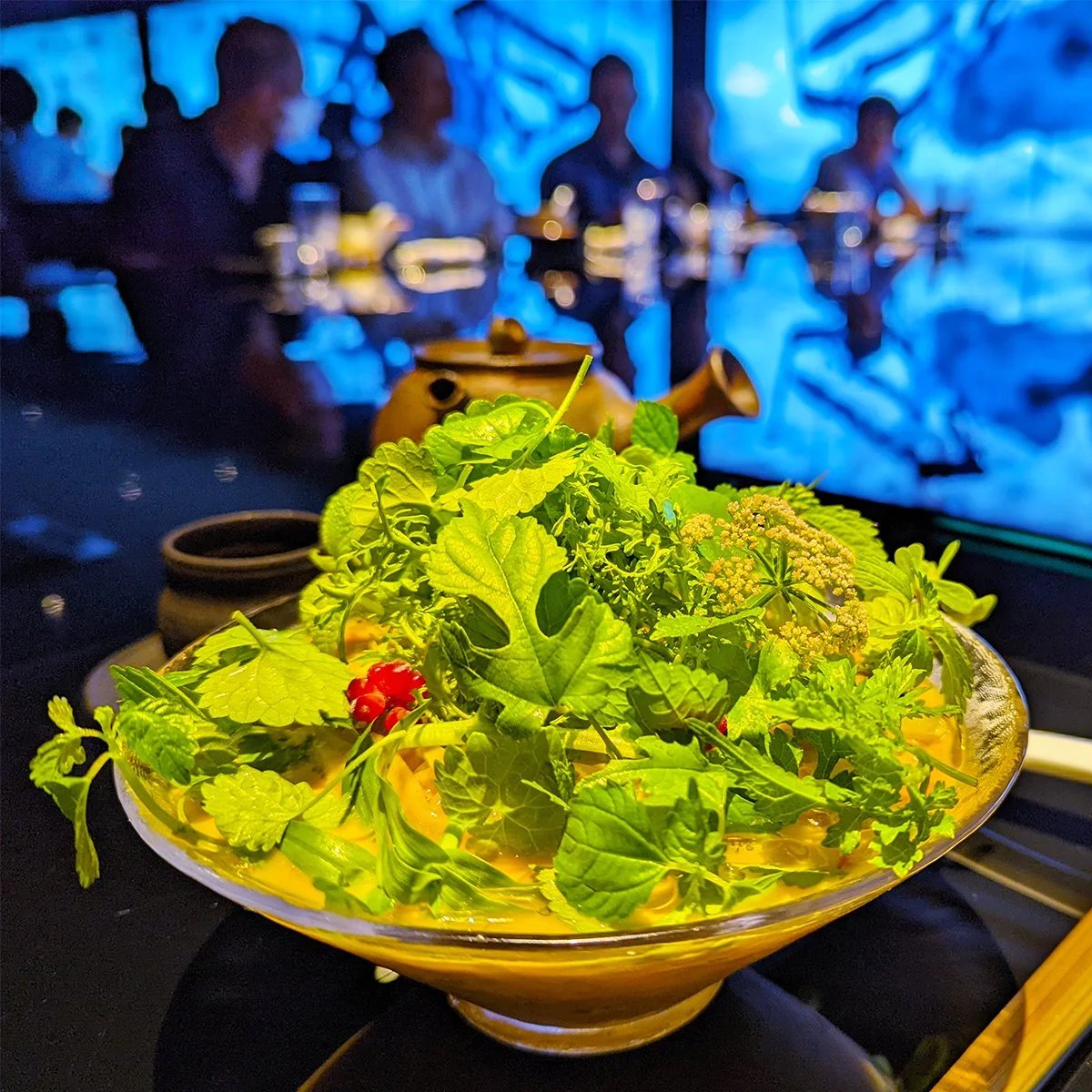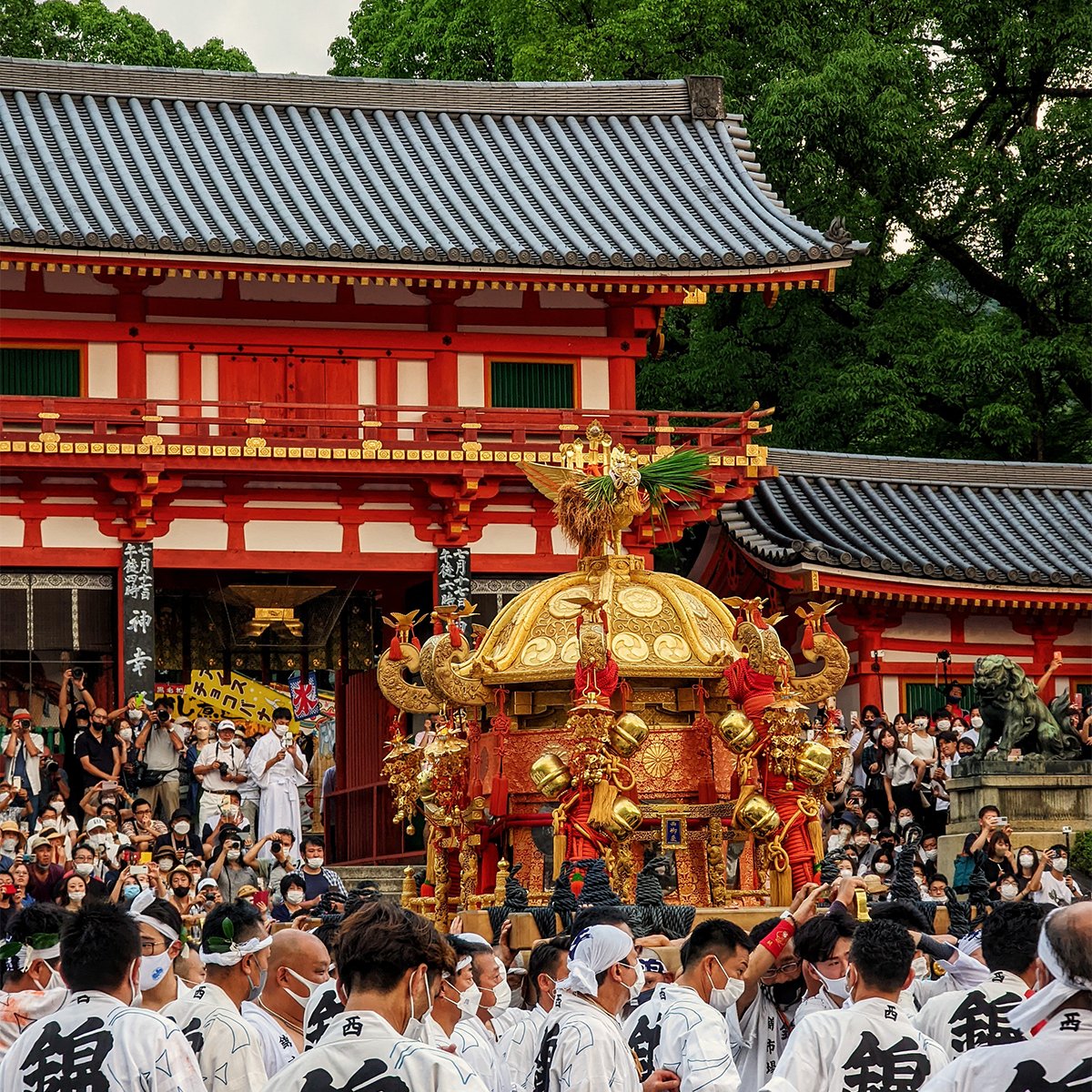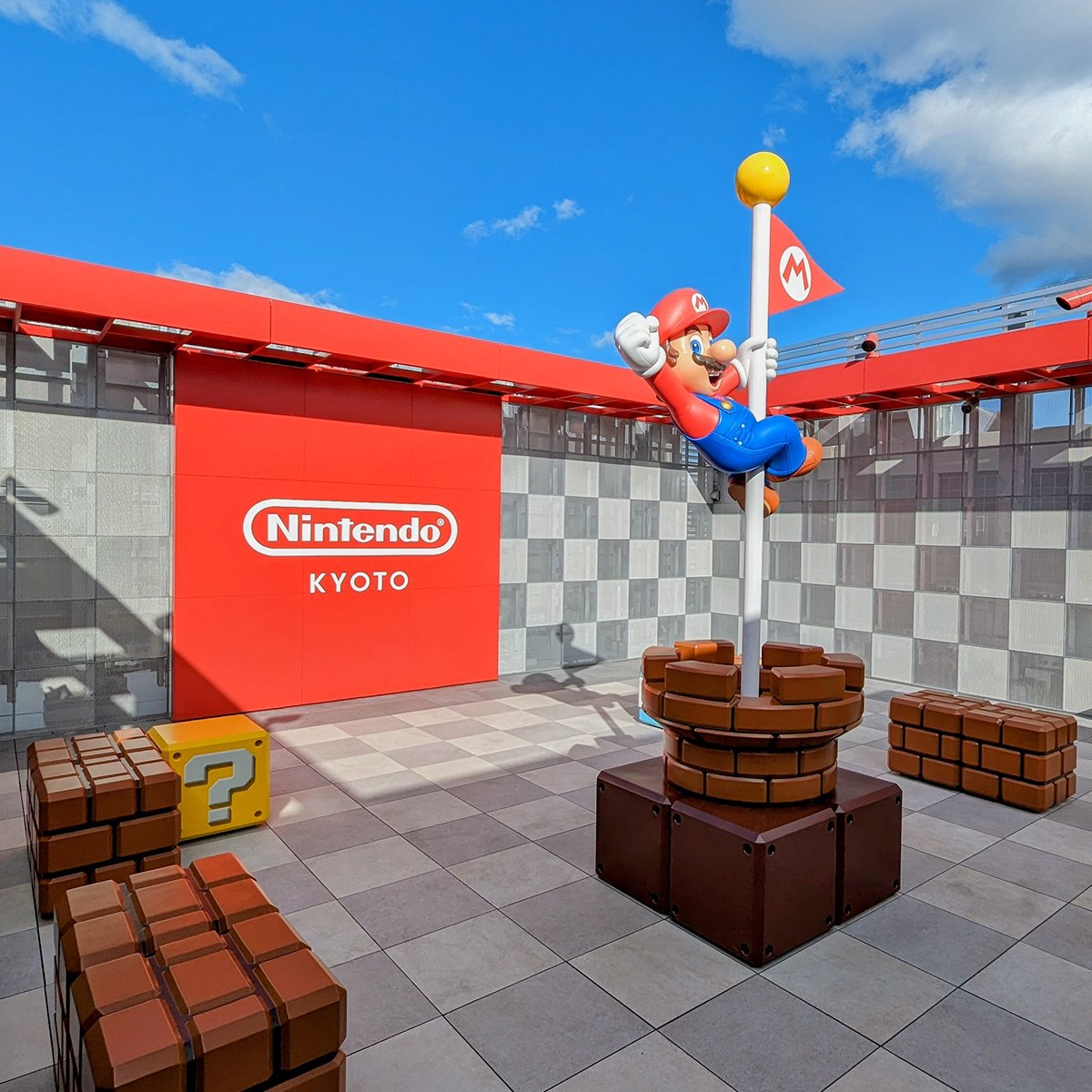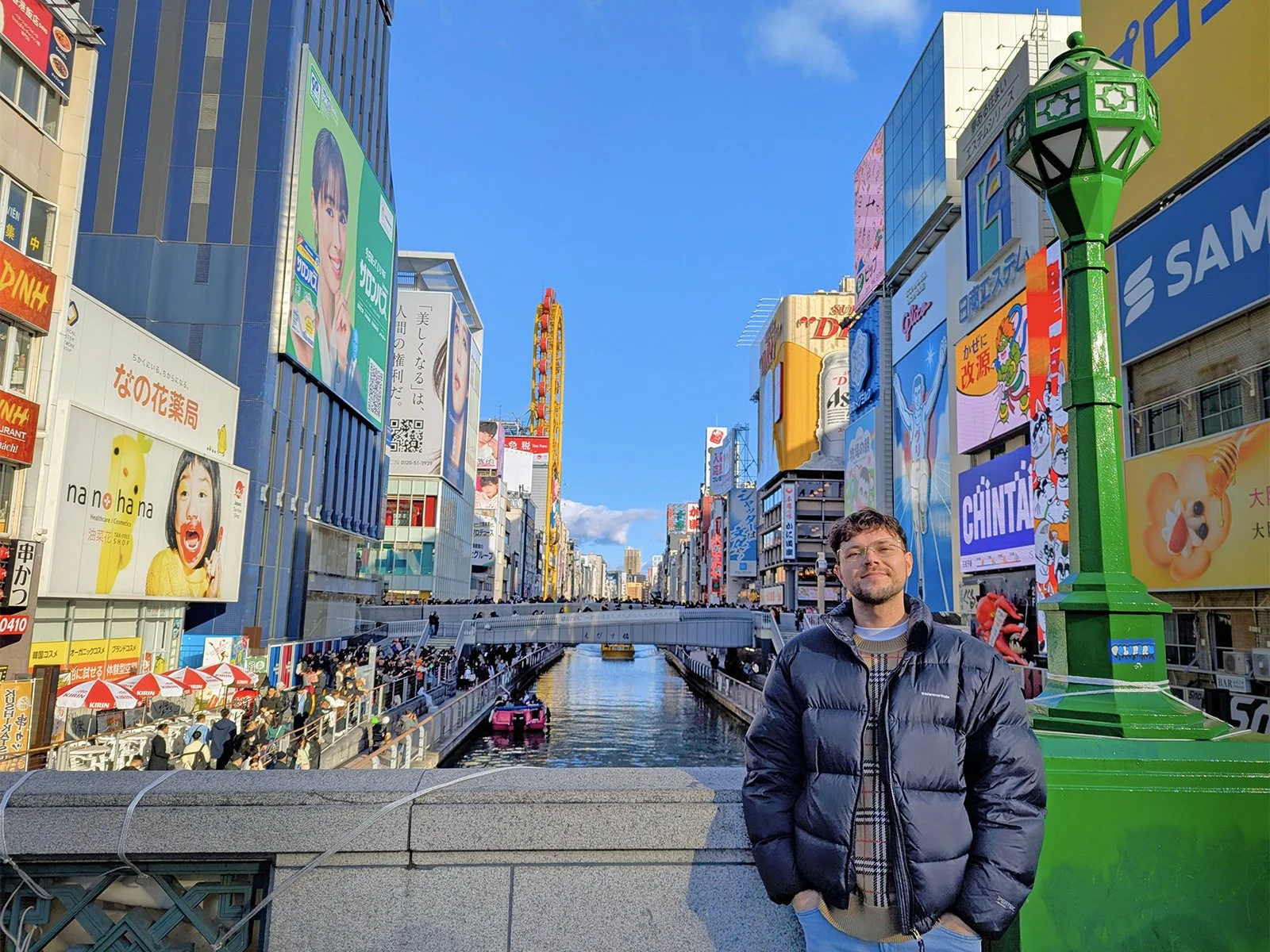Travel Guide: Kyoto

Kyoto is a historic city of refined culture and beauty.
Cover photo: Posing at the Small Togetsu Bridge during cherry blossom season at Arashiyama, Kyoto, Japan (2022).
Intro
Boasting over a millennium of history, Kyoto is truly incredible. I fell in love with the old capital from my very-first visit. The sights of Kiyomizu-dera’s wooden stage, the towering Yasaka Pagoda, and thousands of tori (shrine gates) at Fushimi Inari Taisha left me mesmerized.
As Japan’s largest city spared bombing during World War II, Kyoto remains the nation’s cultural capital, featuring a total 2,000 shrines and temples, as well as 17 UNESCO World Heritage Sites. It’s also beloved for beautiful nature, gourmet cuisine, and geisha-spotting.
Kyoto is widely-considered a must-visit destination for first-time travelers to Japan, most popular in spring and fall. I recommend staying for a minimum of two days, but three or four are optimal. Please read on for more details.
Please click on an image above for more information.
History
Kyoto was established in the year 794 as Heian-kyo (平安京) — literally the “Peaceful Capital” — by Emperor Kammu, in order to limit the political influence of Buddhism. Surrounded by mountains, the city was modelled after Chang’an (Xi’an), capital of China’s Tang Dynasty.
Heian-kyo served as the official imperial center of Japan for over 1000 years, becoming known simply as Kyoto (京都), or “Capital City.” In 1868, the emperor left Kyoto for Edo, which was then renamed Tokyo (東京), “Eastern Capital.”
Though it was considered a prime target by the United States military, Kyoto is Japan’s largest city spared bombing in World War II. Today, the city is largely reliant on manufacturing — including traditional crafts — and tourism.
Shrines & Temples
Kyoto’s greatest allure is the city’s myriad sacred sites, including some 400 Shinto shrines and 1,600 Buddhist temples, many of which date back hundreds of years. Kiyomizu-dera (“Pure Water Temple”), Kinkaku-ji (“Temple of the Golden Pavilion”), and Ryoan-ji (“Temple of the Peaceful Dragon”) are just three of the area’s 17 UNESCO World Heritage Sites.
Kyoto is synonymous with Kiyomizu-dera; I visit the temple nearly every time I’m in the city. Constructed with wooden-joinery, the timber stage is a feat of traditional craftsmanship. The stage stands about 13 meters (43 feet) high, resting on pillars of centuries-old zelkova trees. The temple grounds also offer panoramic views of Kyoto, especially popular for sunset.
Many people — including locals — enjoy wearing traditional kimono or yukata for visits. Plenty of shops offer rentals, but purchasing your own will also make a great souvenir. I recommend Harajuku Chicago for second-hand shopping.
While Kyoto has many famous shrines and temples, I also suggest exploring lesser-known sites for a quieter experience. Kyoto is busiest around March/April for sakura (cherry blossoms) and November/December for fall.
Cuisine
Nationally, Kyoto is well-known for obanzai, home-style cooking with an emphasis on local and seasonal vegetables, often with tofu and pickles. While landlocked Kyoto was not traditionally celebrated for seafood, the old capital is now praised for its multi-course kaiseki (gourmet) restaurants, featuring ingredients from around the nation. Reservations are required. Pro tip: lunch courses are less expensive than dinner.
Kyoto is also famous for ocha, or tea. I recommend a visit to Ippodo Tea, a local company dating back to 1717. Kyoto is especially popular for matcha (green tea), which is grown in the neighboring city of Uji. The trendy coffee chain % Arabica also hails from Kyoto. Local sweets include traditional deserts warabi mochi (chewy starch dipped in roasted soybean) and yatsuhashi (rice cakes).
Kawadoko (riverside dining) is especially popular during summer. I’ve seen locals enjoy picnics by the Kamogawa (“Duck River”). Nearby Nishiki Market is a good place to try a variety of foods.
Shijo Kawaramachi
Kyoto’s downtown is centered around the intersection called Shijo Kawaramachi (“Fourth Avenue / River Town”), home to the city’s best shopping and nightlife. I recommend a visit to the historic Takashimaya department store, dating back to 1831. It now includes a beautiful Tsutaya Bookstore with free galleries and an official Nintendo shop with many great photo-spots.
Mario sculpture at the rooftop of the Nintendo Kyoto shop at Takashimaya department store, Kyoto, Japan (2023). Photo by Danny With Love.
Currently, Japan offers tourists tax-free (8% VAT) shopping at the point of sale for purchases over 5,500 yen (approx. 37 USD), including tax, at participating stores, but this is set to change in 2024. Don’t forget your passport.
Kyoto offers a relatively reserved nightlife, but it has an undeniable charm. Don’t miss Pontocho Alley, a narrow street of izakaya or traditional pubs. These intimate bars are a fun way to meet locals and fellow travelers! Note: many izakaya include a snack in exchange for a mandatory otoshi (service) charge to your bill. This can range from 200 to 1,000 yen (approx. 1 to 7 USD). It’s not a scam, just the price of hospitality.
There are more establishments along Kiyamachi-dori. I have enjoyed many nights at the club Kitsune Kyoto! The award-winning bar Bee’s Knees is also great. For additional nightlife options — including gay bars — visit nearby Osaka.
Please be aware, Japan is an overwhelmingly safe country but there are people eager to take advantage of trusting travelers. Scams are less common in Kyoto, but I suggest checking online reviews of bars and clubs before visiting.
Art & Culture
As most Japanese museums feature rotating exhibits, I suggest researching in advance for shows that interest you. The city’s best institutions include the Kyoto National Museum, Kyoto City Museum of Art, National Museum of Modern Art, and the Museum of Kyoto.
I also recommend a visit to the comprehensive Kyoto Museum of Crafts and Design, a small, free gallery that features excellent English accommodation and a high-quality gift shop.
Events & Festivals
Kyoto celebrates a variety of matsuri (“festivals”). Kyoto’s big three are the parades of Aoi Matsuri in May, Gion Matsuri in July, and Jidai Matsuri in October. Gion Matsuri is considered the largest festival in Japan! With towering yamahoko (floats), it’s my favorite! The city is also famous for Gozan no Okuribi or Daimonji in August, featuring mountainside bonfires.
There are plenty of other events including flea markets, dances, illuminations, and more throughout the year. For additional information, please check the Kyoto City Official Travel Guide.
Top Attractions
Gion (geisha district)
Kiyomizu-dera (“Pure Water Temple”) *UNESCO
Kinkaku-ji (“Temple of the Golden Pavilion”) *UNESCO
Ryoan-ji (world’s most famous Zen garden) *UNESCO
Arashiyama (nature district)
Kamogawa (“Duck River”)
Sanjusangen-do (1,001 Kannon statues)
Fushimi Inari Taisha (shrine of a thousand gates)
Philosopher’s Path (scenic canal walk popular for cherry blossoms)
Transportation & Accommodation
Kyoto is served by the Kansai International Airport (KIX) in Osaka, about two hours away by train. Kyoto is also a two-hour trip from Tokyo Station. For convenience, I recommend staying around the downtown area of Shijo Kawaramachi, the center of Kyoto’s shopping and nightlife. The area is well-connected and in walking distance of Gion, the historic geisha district.
Overtourism
Kyoto has long been a popular destination, but lately crowds are pushing the city’s transportation infrastructure to its limit. Buses — the city’s primary mode of transit — are especially crowded, making transit difficult.
Here are my tips:
Avoid weekends and holidays.
Visit your priority destinations early.
Be flexible with your schedule.
Prioritize the subway and walking.
Arrive at busy bus stops at least five minutes early.
Try alternative bus routes.
Budget an additional twenty minutes for reservations.
Additional Ideas
Kyoto, the old capital, is actually just one city in Kyoto Prefecture. Up north, the sand bar known as Amanohashidate (“Heaven’s Bridge”) is considered one of Japan’s three most scenic views. Kyoto also neighbors Shiga Prefecture, home to Japan’s largest lake, and my home prefecture of Fukui, known for dinosaurs! Of course, I recommend a day-trip to Uji and Nara to the south.






























